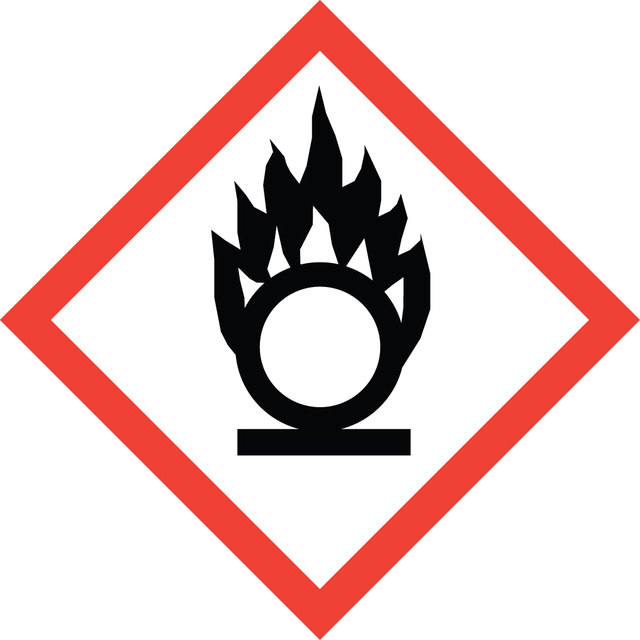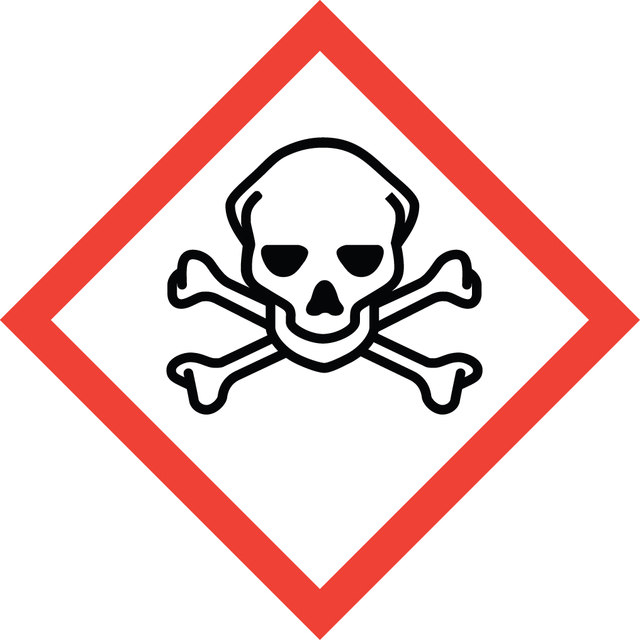Grade
ACS reagent
Quality Level
Agency
suitable for EPA 300
분석
≥97.0%
양식
powder or crystals
autoignition temp.
914 °F
불순물
≤0.01% insolubles
mp
271 °C (lit.)
음이온 미량물
chloride (Cl-): ≤0.005%
sulfate (SO42-): ≤0.01%
양이온 미량물
Ca: ≤0.01%
Fe: ≤0.001%
K: ≤0.005%
heavy metals (as Pb): ≤0.001%
SMILES string
[Na+].[O-]N=O
InChI
1S/HNO2.Na/c2-1-3;/h(H,2,3);/q;+1/p-1
InChI key
LPXPTNMVRIOKMN-UHFFFAOYSA-M
유사한 제품을 찾으십니까? 방문 제품 비교 안내
관련 카테고리
일반 설명
Sodium nitrite (NaNO2) is an inorganic compound that is commonly used as a reagent and catalyst in synthetic organic chemistry.
애플리케이션
Co-catalyst for catalytic oxidation of alcohols under aerobic, solvent-free conditions.
Solvent free aerobic oxidation of alcohols with 1-methyl-2-azaadamantane N-oxyl as a recyclable catalyst through phase separation
Solvent free aerobic oxidation of alcohols with 1-methyl-2-azaadamantane N-oxyl as a recyclable catalyst through phase separation
Sodium nitrite can be used as a reagent in:
It can also be used as a nitrating agent in organic synthesis. For example, NaNO2 is used in direct C-H nitration, ipso-nitration, and nitration via transition metal-catalyzed cross-coupling reaction.
- The Sandmeyer reaction for converting amines into diazo derivatives, and nitration reaction.
- The oxidative C-C bond formation reaction in the presence of oxygen as the terminal oxidant.
- The oxidative carbonitration of alkenes in the presence of K2S2O8.
It can also be used as a nitrating agent in organic synthesis. For example, NaNO2 is used in direct C-H nitration, ipso-nitration, and nitration via transition metal-catalyzed cross-coupling reaction.
신호어
Danger
유해 및 위험 성명서
Hazard Classifications
Acute Tox. 3 Oral - Aquatic Acute 1 - Eye Irrit. 2 - Ox. Sol. 3
Storage Class Code
5.1B - Oxidizing hazardous materials
WGK
WGK 3
Flash Point (°F)
Not applicable
Flash Point (°C)
Not applicable
자사의 과학자팀은 생명 과학, 재료 과학, 화학 합성, 크로마토그래피, 분석 및 기타 많은 영역을 포함한 모든 과학 분야에 경험이 있습니다..
고객지원팀으로 연락바랍니다.

